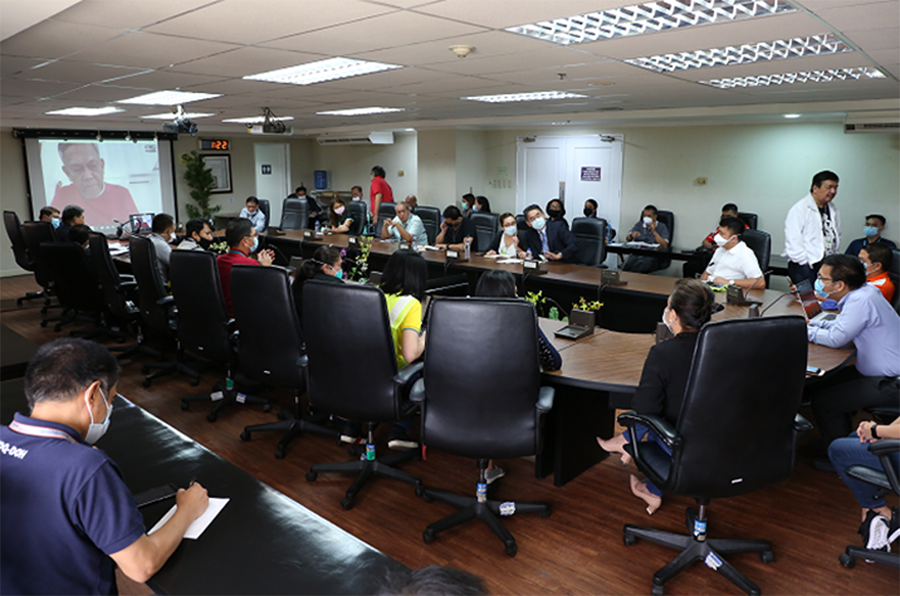SITA adapted to support customers through the COVID-19 crisis. Faced with an urgent mandate from the local airport authority, learn how Rohit and his team came together to do in 48 hours what would normally take weeks.
I’ve been at SITA since 2008 when I joined the Delhi team, before moving to the SITA Command Center (SCC), Singapore in 2011. I currently work here as Director of Service Operations with around 82 people in the team, all focused on ensuring IT Infrastructure, applications, products, and services run without interruption for airports and airlines globally.
When COVID-19 hit Manila, Philippines, the President of the Philippines implemented a lockdown including cancellation of domestic flights. This crippled half of Manilla International Airport and was swiftly followed by a second blow; the cancellation of most international flights. At SITA we prepare for different emergency scenarios but the scale of the disruption was staggering.
Time-critical consolidation: 48 hours to deliver
We immediately started the Business Continuity Plan for Manila International Airport Authority (MIAA) also started plans to consolidate the remaining flights to a single terminal (T1). To put this into perspective, the consolidation of multiple terminals into one would typically take between six to eight weeks for an airport of this size due to the complexity of the change and engagement with multiple parties. We were being asked to deliver in 48 hours, a mandate from the local airport authority.
Cost-saving for the customer was a priority with COVID-19 slashing passenger volume and bringing the need to remove overheads on staffing and electricity in the terminals. Understanding the critical circumstances around the pandemic, I assembled a task force of experts from the Operations Team to work with SITA’s Airport Service Manager and Local GEO Team.
The task force included SCC subject matter experts for network infrastructure, common-use applications, local GEO reps, global network and computing team and of course our SITA Command Center experts.
With specialists engaged across the Philippines, India and Singapore, the first Microsoft Teams calls lasted nearly 12 hours as the team diligently but efficiently studied the topography and network diagrams of the two terminals to make proposals.
Incredible support from MIAA and our partners to deliver on time
The support of our network partner, Orange Business Services (OBS) was pivotal and the consultant performed in perfect synchronization with the SITA team, echoing our commitment to step up for the customer. After 24 hours of teamwork, it was ready for customer testing. They were thrilled with the results, the deployment was successful and they confirmed all the airlines could move over.
We have never done anything like this at such short notice. The margin for error was nil and the technical details had to be perfect to move at the scale and pace required. We made sure the right people were in the task force, the formation of this team from the outset was crucial to execute successfully.
We also leaned heavily on Microsoft Teams for planning calls but documented every step in detail and shared via email. I hope we don’t need it again soon but this will become our blueprint for customer success in such time-critical scenarios. I’m extremely grateful for the support of Manila International Airport and incredibly proud of the team for delivering outstanding customer solutions in this challenging environment.
 SITA is proud to have been ranked 24th out of 750 multinational companies in Forbes' 2020 list of the World's Best Employers. The independent survey asked employees to assess employers' image, economic footprint, talent development, gender equality, and social responsibility, as well as Covid-19 responses.
SITA is proud to have been ranked 24th out of 750 multinational companies in Forbes' 2020 list of the World's Best Employers. The independent survey asked employees to assess employers' image, economic footprint, talent development, gender equality, and social responsibility, as well as Covid-19 responses.




 Share
Share





